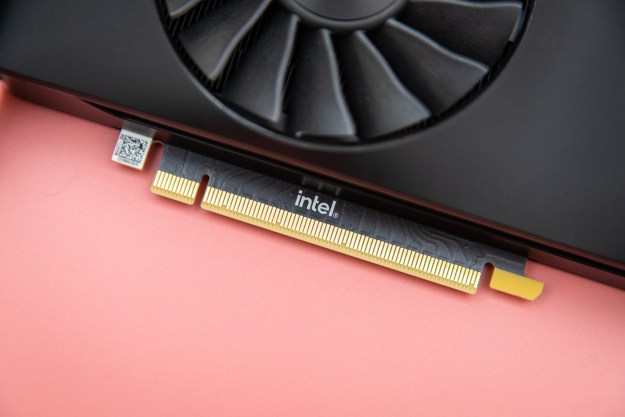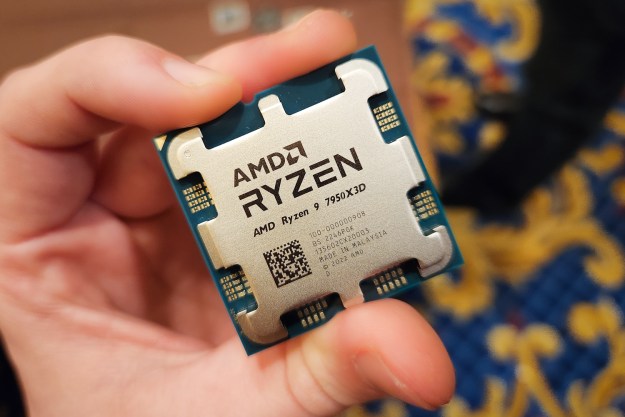Intel revealed a new road map at its Intel Foundry Services (IFS) Direct event that will take the company into 2027. It’s an extension of the road map Intel laid out nearly three years ago, shortly after Intel’s CEO Pat Gelsinger took the reins of the company.
Although processor road maps aren’t anything new, Intel has delivered on the cadence it laid out a few years ago. This updated road map shows what comes next as we approach the end of the original plan Gelsinger laid out. Keep in mind that Intel is focused on the process advancements here and not individual processors.
Meteor Lake and where we are now
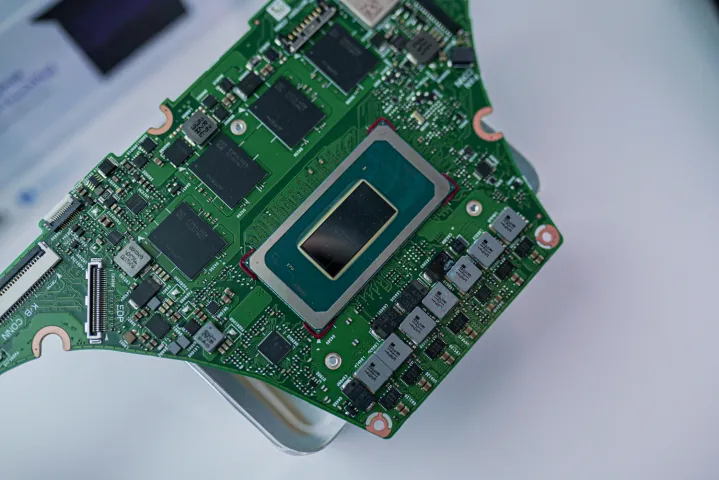
We need to start with a bit of background. The major shift for Intel’s road map started in 2021 with the release of Alder Lake and the Intel 7 node. In the year after, Intel released a refinement of the Intel 7 node with its Raptor Lake chips. And late last year, we saw the debut of the Intel 4 node with the release of Meteor Lake processors.
This is where the Intel’s processor road map and node road map start to diverge. You’ll see new nodes faster than you’ll see new processors, as Intel offers manufacturing to external partners to get a head start on designing their chips. Keep that in mind as we go through the road map because it may be months from when a node is completed to when we see it show up in a shipping Intel processor.
Intel 3 and Sierra Forest
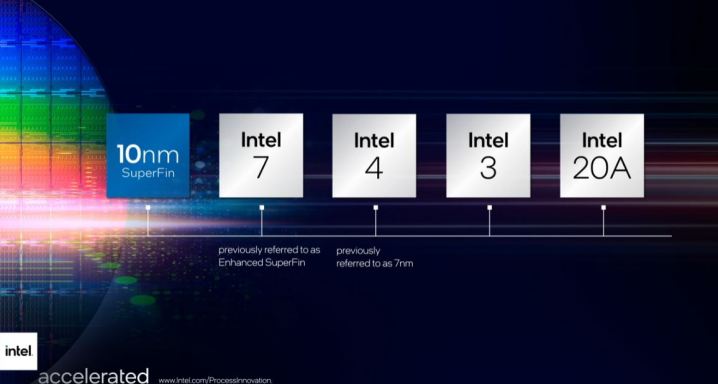
There’s no better example of how Intel’s processor and node road map differ than Intel 3. This node is complete from a foundry side, but we haven’t seen it show up in a processor yet. From what we know, Intel 3 won’t show up in a consumer processor. Instead, Intel has confirmed we’ll see Intel 3 in Xeon server chips.
The two coming up are Sierra Forest and Granite Rapids. Gelsinger says that Sierra Forest will come out in the first half of 2024, with Granite Rapids following later in the year. Sierra Forest features Intel’s first Xeon processors using only efficient cores, allowing Intel to achieve an insane core count of 288 in the flagship chip.
Granite Rapids uses performance cores, and they’ll arrive as a successor to Emerald Rapids this year. Intel says these two lines are the “lead vehicles for Intel 3.” It’s possible we could see consumer processors with Intel 3, but we don’t have any details about that right now.
Intel 3 also serves as the bedrock for new line extensions that Intel will make to its nodes. Going forward, Intel says it will release a new node every two years, with a revision arriving in off years. These are noted with new suffixes that will start with Intel 3-T in 2024. This suffix notes nodes that can be used with Intel’s 3D Foveros packaging. In addition to the T suffix, Intel is also using the P suffix to note a general revision to the node with small performance enhancements, and a E suffix, which notes a new list of features. These revisions shouldn’t be relevant in the short term for consumer processors, but they may pop up as Intel continues to execute its road map.
Intel 20A and Arrow Lake
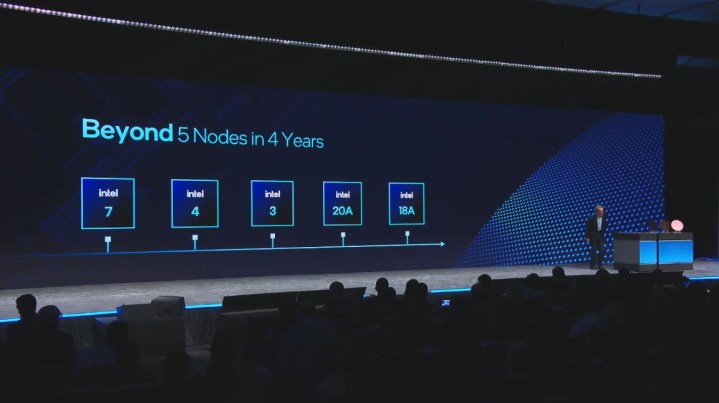
A big reason why we don’t expect a consumer chip built on Intel 3 is that we already know about Intel’s 15th-gen CPUs. Intel says Arrow Lake processors will arrive in the second half of 2024 and debut the Intel 20A process. Given that Arrow Lake is set to arrive later this year, we already know quite a bit about the processors.
Intel says they’ll use a the new LGA 1851 socket, which it will support through 2026. In addition, Intel will ditch the DDR4 compatibility it has maintained the past three generations for sole DDR5 support. Finally, Arrow lake will be available in laptops and desktops, unlike Meteor Lake, which is built for mobile form factors.
In addition to a node change, Arrow Lake will mark the first time we’re seeing Intel’s Arc graphics architecture on desktop CPUs. We already have Arc graphics in Meteor Lake chips, but Arrow Lake will be the first time we see them in a desktop processor.
As for the Intel 20A node, we already know quite a bit about it. It’s the start of the “Angstrom era” of semiconductors, according to Intel, and it will feature two new architectural technologies. The first is RibbonFET gate-all-around (GAA) transistors, which feature multiple gates on the same transistor. This improves the density of transistors Intel can pack on a chip.
The other advancement is PowerVia, which routes power through the back of the wafer. Intel says this method is more efficient, and higher efficiency allows Intel to squeeze more peak performance out of the chip.
Intel 18A, Lunar Lake, and Panther Lake
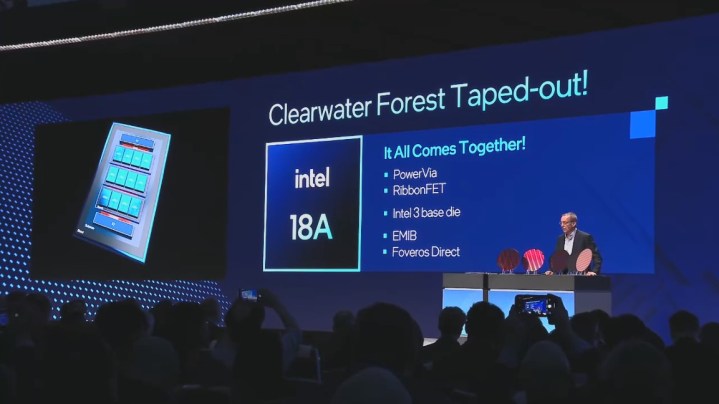
Going into 2025, things get a little fuzzy. We know the nodes and processors that are arriving in 2025, but Intel hasn’t announced how they’ll connect. Starting with the CPUs, we should see Lunar Lake first. These are reportedly targeting laptops only, similar to Meteor Lake, and they’ll debut both Intel’s Arc Battlemage graphics architecture and an entirely new core architecture.
Lunar Lake will use Intel 18A, and it should be the first consumer processor to debut the node. Intel has already demoed Lunar Lake running in a laptop, suggesting that the processor will arrive early in the year. Some reports suggest Lunar Lake could even arrive in late 2024. Regardless of the exact time, we expect to see it in late 2024 or early 2025.
Panther Lake is a more traditional release, and Intel has confirmed that it is arriving in 2025 using the Intel 18A node.
Intel 18A is interesting, as it’s the first time Intel will have a node advantage over major semiconductor companies like TSMC. That doesn’t mean Intel will have a performance advantage, as the company has lost a lot of ground to other chip makers over the last several years, refining existing nodes rather than moving to smaller ones.
Intel 20A looks like the start of RibbonFET and PowerVia, both of which should be on full display with Intel 18A. It looks like Intel will be able to deliver 18A soon, too. The first chips using this node will be Clearwater Forest Xeon CPUs, which Intel says are ready for production. External partners using 18A can start designs now, showcasing that Intel is ready to start producing chips.
Intel 14A and the future
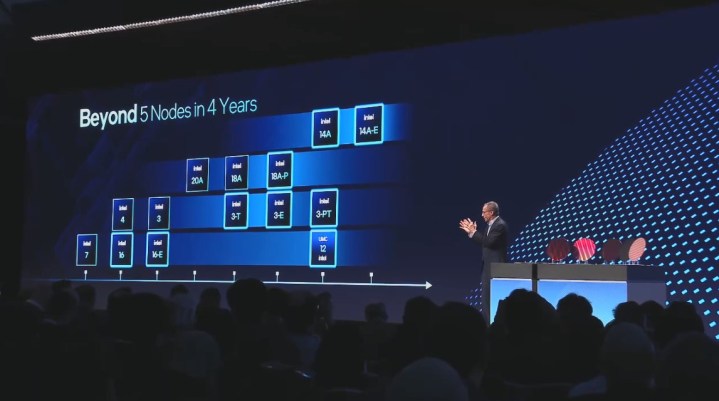
Beyond 2025, we only know about one new node: Intel 14A. This was the big reveal at IFS Direct, and we don’t have a ton of details about it yet. The node should arrive after 2025, but it’s possible it starts showing up in the latter half of next year. Intel hasn’t shared any product code names based on this node yet.
This takes Intel through 2027, however. The company says it will have Intel 14A and Intel 14A-E, the latter of which is arriving later with an extended set of features. Intel says this revision comes in 2027, setting the company up for the base 14A in 2026.
It’s still way too soon to say anything concrete about Intel 14A, but it looks like the next major shift for the company after the arrival of 18A. As we continue to hear more about Intel’s upcoming processors, we’ll update this story.
Editors' Recommendations
- No, Intel isn’t blaming motherboard makers for instability issues
- Intel’s big bet on efficient GPUs might actually work
- We might have an answer to Intel’s crashing crisis
- 9 best processors for PC gaming: tested and reviewed
- I tested Intel’s XeSS against AMD FSR — and the results speak for themselves



